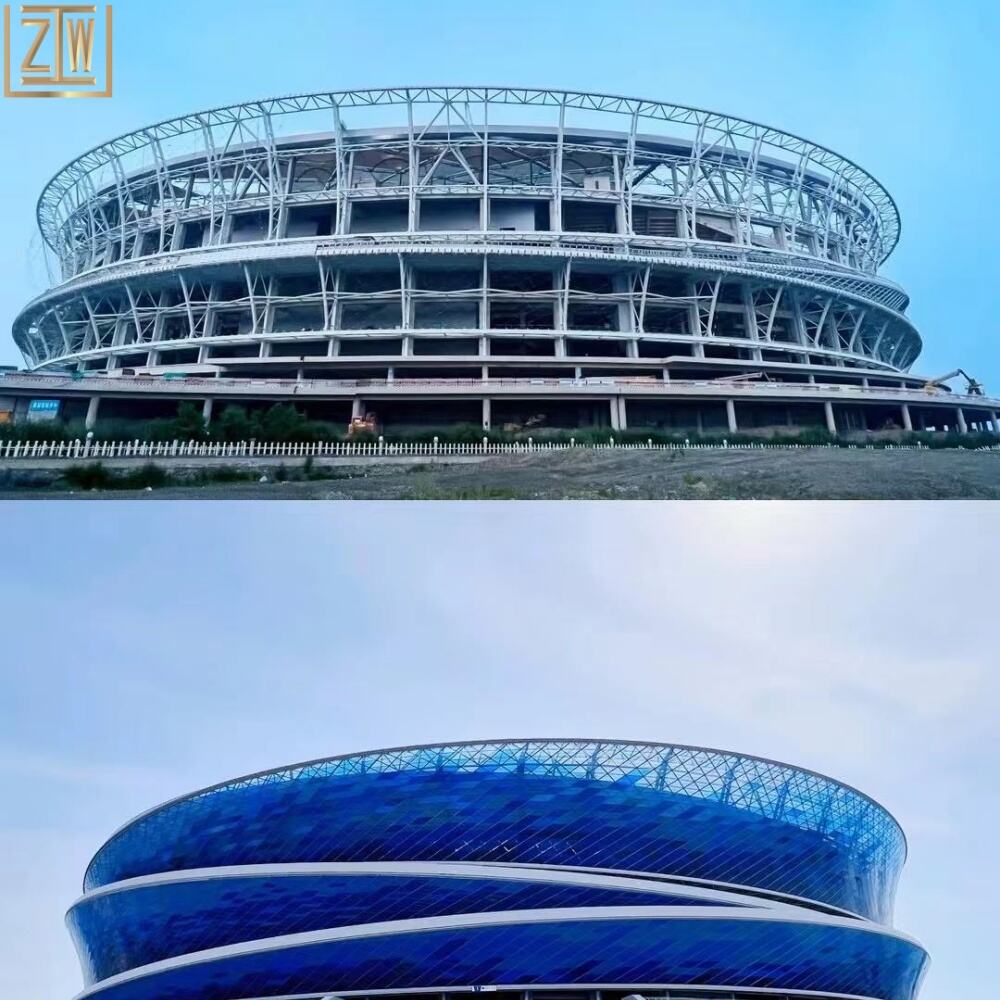As sports keep growing, the places we play in are changing right along with the games. Builders are turning to steel more and more when putting up new stadiums and arenas because it comes with a bunch of perks regular bricks and blocks just cant match. In this piece, well look at the ways steel is giving fresh life to sports venues, making them work better and look cooler at the same time.
Unmatched Strength and Weight Balance: Enabling Versatile Spaces
First off, few materials beat steel when it comes to strength and weight. Its powerful without adding bulk, so architects can create big roof spans and wide concourses that never block a fans view. That kind of open footprint is a must for todays facilities, which host not only matches but also trade shows, concerts and community events. Add steel's long-lasting nature and venues are ready to handle heavy foot traffic and late-night shows year after year, rain or shine.
Sustainability: A Greener Choice with Long-Term Benefits
Sustainability is another big reason steel has caught builders attention. Because steel is easy to recycle, using it cuts waste on the job site and gives scrap another lease on life. More clubs and agencies want greener buildings, and picking steel helps them show fans they care about the planet. On top of that, steel shows up again in the budget by slashing repair bills; it wont rust, rot, or warp the way some other materials do.
Aesthetic Appeal: Merging Function with Flair
You have to admit that a well-built steel building just looks good. Its strength means steel can be bent, stacked, or polished into just about any shape an architect dreams up, and that freedom sparks ideas that turn dull boxes into city landmarks. Think of museums or transit halls topped with exposed beams; that open, honest style not only serves the roof but also welcome curious eyes. Visitors notice the blend of function and flair the moment they step inside, and a lasting first impression follows.
Speed of Construction: Meeting Tight Deadlines
Speed is another big reason teams choose steel. Because the frame arrives ready to bolt or weld, crews can begin assembly even if bits of the site are still being graded. In sports, where seasons come and go, a lost month can change everything, so a fast skeleton lets the roof go on, seats slip in, and lights power up long before critics arrive. Such agility matters most when a city is angling to host the Olympics, a World Cup, or any marquee showdown; building deadlines tighten, and waiting for bricks dries up precious stadium days.
Steel: A Transformative Force in Sports Facility Design
In short, using steel in new sports buildings is more than a passing fad; it is a game-changer that is changing the way we plan arenas and fields. Because steel is strong, long-lasting, easy to recycle, and quick to assemble, it is quickly becoming the first choice for designers and owners worldwide. If current trends hold, future stadiums and gyms will show off wild shapes, high-tech features, and smaller carbon footprints, giving athletes, teams, and fans an experience no one could have imagined just a few years ago.


